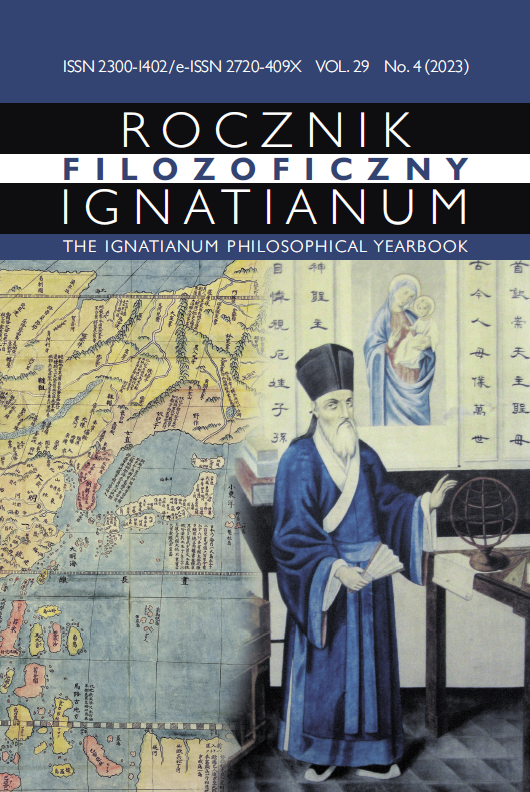Meaning and Symbolism of Industrial Architecture in Albania
Abstract
Industrial architecture represents the evolution of technology, the growth of industry and the presence of new urban forms in the context of the city. The Albanian industrial history dates back to 19th century. The country’s industrial sector has experienced significant growth and transformation particularly during the socialist period from 1945 to 1990. Industrial facilities and complexes built over 50 years impacted the urban and social development of Albanian cities. Their architecture is characterized by a mix of different styles, including socialist realism and functionalism. These styles reflect the political, social, and economic history of Albania. The buildings, which include factories, mines, and power plants, are scattered throughout the country and their symbolism is multifaceted. They represent Albania’s aspirations to modernize society and build socialism. Moreover, industrial architecture in Albania has been the subject of different approaches and attitudes. Some argue for its preservation as part of the country’s cultural heritage, while others advocate its demolition and replacement with more modern structures. In this context, this paper investigates the meaning and symbolism of industrial architecture in Albania and its impact on the country’s identity and cultural landscape, referring to the city of Tirana. Industrial architecture in Albania plays a significant role in the country’s cultural landscape and identity. Its symbolism is complex and multifaceted, representing both the achievements and the challenges of Albania’s industrial past, as well as the communist doctrine. As Albania continues to evolve and modernize, the preservation and interpretation of its industrial heritage will remain a crucial issue for its people and policymakers.
References
Banja Hasan, Ekonomia e Shqipërisë në rrjedhat e historisë të shekullit XX (Tiranë: Shtëpia Botuese “Emal”, 2017).
Besnik Aliaj, Kejda Lulo, Genc Myftiu, Tirana. Sfida e zhvillimit Urban (Tiranë: Co-Plan&SEDA, 2003).
Bushati Etleva, Godinat Industriale 1945–1990 (Tiranë: Botimet Flesh, 2019). Douet James (ed.), Industrial Heritage Re-Tooled: The TICCIH guide to Industrial Heritage Conservation (Lancaster: TICCIH by Carnegie Publishing Ltd, 2012).
Fagu Eled, Qyteti Socialist në Shqipëri. Kombinati i Tekstileve “Stalin”. Dizertacion per fitimin e Gradës Shkencore “Doktor” (Tiranë 2021).
Insituti i studimeve M-L, pranë Kq të PPSH. Historia e partisë së Punës e Shqipërisë (Tiranë: Shtepia Botuese “8 Nëntori”, 1981).
Jürgen Adam, Katharina Hausmann, Frank Jüttner, A design manual. Industrial Buildings (Basel, Berlin, Boston: Birkhäuser – Publishers for Architecture, 2004).
Kote Robert, Godinat Industriale I (Tiranë: Universiteti i Tiranës, Fakulteti i Inxhinierisë, 1974).
Mëhilli Spiro, Tirana 1920–1944 (Tirana: Mediaprint, 2012).
Parangoni Ilir, Arkeologjia Industriale. Një vlerësim i trashëgimisë industriale në Shqipëri (Tiranë: Albanian Heritage Foundation, 2012).
Uffelen Chris van, Factory Design (Berlin: Braun Publishing AG, 2009).
Za Luigi, Storia e vita quotidiana di un quartiere simbolo di Tirana (Tiranë: Shtëpia Botuese “Besa”, 2012).
Mosko Sokrat, “Takimi Kombëtar i Arkitektëve”, Revista “Nëndori” 6 (1971). Sahatciu Kostaq, “Takimi Kombëtar i Arkitektëve”, Revista “Nëndori” 6 (1971).
Civici Adrian, “100 vjet: Ekonomia shqiptare gjatë regjimit komunist (1945– 1990)”. Revista “Monitor”, 12th November 2012, https://www.monitor.al/100-vjet-ekonomia-shqiptare-gjate-regjimit-komunist-1945-1990/ (access: 10 May 2023).
Monitor, “100 vjet ekonomia shqiptare ne 1921–1924”. Revista “Monitor”, 28th November 2012, https://www.monitor.al/100-vjet-ekonomia-shqiptare-ne-1921-1924/ (access: 10 May 2023).
Copyright (c) 2023 Ignatianum University in Cracow

This work is licensed under a Creative Commons Attribution 4.0 International License.
The Yearbook only accepts materials for publication that are free of all conflicts of interest, and that in no way involve conflicts over authorship, copyright, etc. The Editors will take action against any cases of plagiarizing, ghostwriting1, guest/honorary authorship2, etc. Where co-authored work is concerned, the Author listed first is expected to take responsibility for the submission, and is required to make clear the contributions of all of the Co-Authors involved. In the event of the publication owing its existence to funding dedicated to this purpose, this fact should be made clear: e.g. in any note of thanks/acknowledgement, or in a footnote, etc. Explicit notification should be given of any form of reprinting, with the appropriate evidence of permission to publish being furnished as required. Any impropriety on the part of Authors/Reviewers risks exposing them to appropriate responses from the relevant institutions.
______
1 This term refers to instances of a person who has made an essential contribution being omitted from the list of authors, or from notes conveying gratitude and/or acknowledgement.
2 This occurs when a person who has made either an insignificant contribution or no contribution at all nevertheless appears on the list of authors.





